One of the world’s greatest aspirational vehicles is a Porsche. Several of my friends, including Automoblog feature columnist Jonathan Orr, hold their Porsche vehicles in the highest regard. In January, I walked through the Porsche exhibit at the North American International Auto Show.
It was stunning to say the least.
The 911 is what comes to mind for most people when they think of Porsche. So iconic is the car that in 1999, it was nominated as a Car of the Century alongside the Ford Model T.
Porsche’s air-cooled, rear engine sports cars have spent 50 years as the benchmark for performance vehicle production. They conquered race tracks abroad with the likes of Mark Donohue, Vic Elford, and Jacky Ickx. Porsche also conquered numerous bedroom walls, including mine when I was a kid.
I had a poster of a 911.
Classic Journey
Porsche: The Classic Era is a must for any Porsche enthusiast. The book covers the first Gmund coupe, the 356, and the aforementioned 911. Additional rare and archival photos showcase the 356 Carerra, 550 Speedster, 911S, 912, 930 Turbo, and 914/6. Ferdiand Porsche and the inspirations behind his journey into engineering are detailed. Porsche’s role in World War II is covered as well as the brand’s existence today.
This extensive guide through Porsche’s history is unlike any other.
Author
Award-winning author, photographer, and historian Dennis Adler is one of America’s most published automotive figures. He has appeared on Good Morning America, The Today Show, and CBS Sunday Morning. Adler has published more than 5,000 articles and photographs during his long career.
Porsche: The Classic Era is available through Amazon and Motorbooks.
Carl Anthony is Managing Editor of Automoblog and resides in Detroit, Michigan
Porsche: The Classic Era Gallery
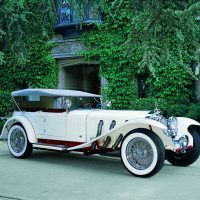
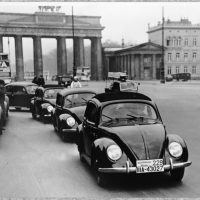
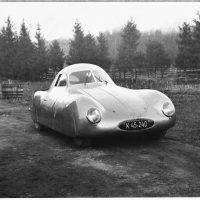
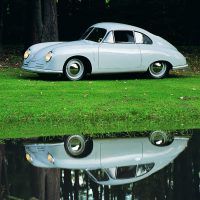
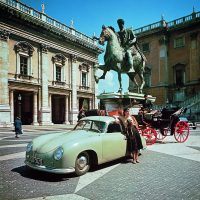
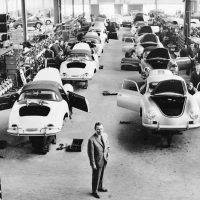
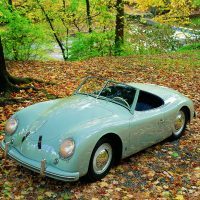
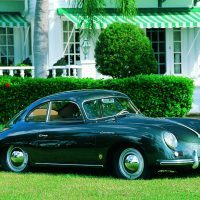
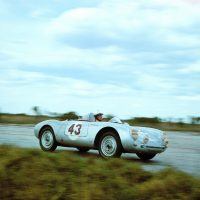
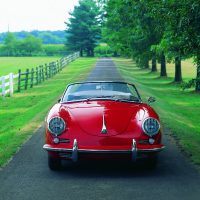
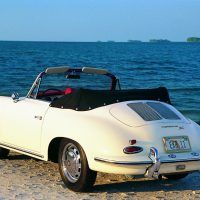
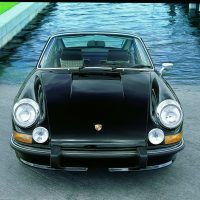
Last weekend in the Automoblog Book Garage, we featured The Great One.
from Automoblog.net http://www.automoblog.net/2016/10/02/automoblog-book-garage-porsche-classic-era/
via IFTTT
from Tumblr http://peternpalmer.tumblr.com/post/151235549281
via IFTTT

No comments:
Post a Comment